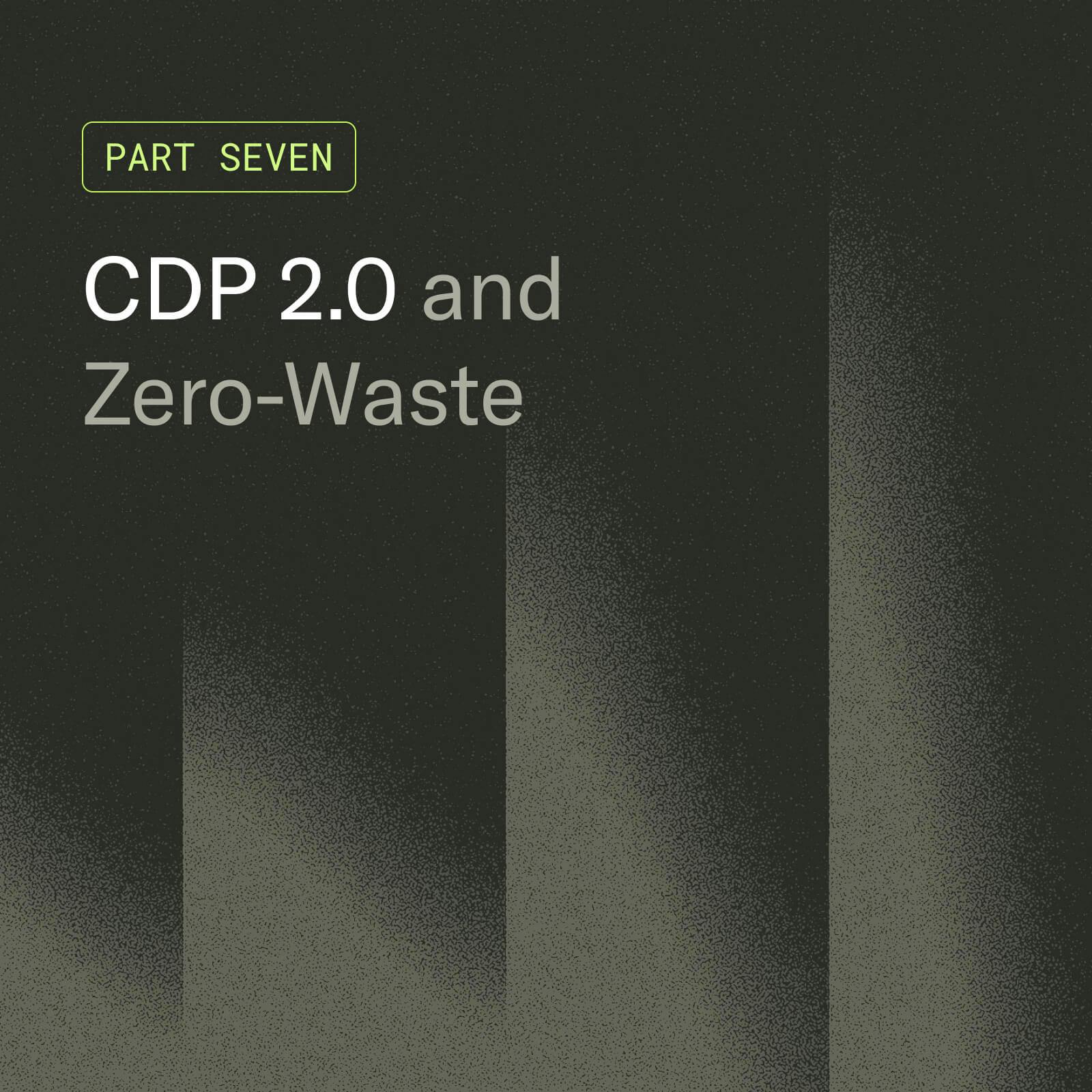Part Six: CDPs Everywhere
As CDP functionality became well understood, many adjacent platforms began offering CDP functionality, primarily CRM, analytics, customer engagement platforms (CEP) and cloud data warehouses. We will refer to these as “built-in CDPs.” This action has blurred the boundaries around CDPs, even bringing into question the need for "pure play" CDPs.
The attractiveness of a built-in CDP is clear—one less platform to implement, manage, and pay for. For teams exclusively using one CEP or analytics platform, using an integrated CDP solution simplifies their workflows. For these vendors, moving into the CDP space is highly rational. Primarily, this is a straightforward expansion of their product offering. It also increases switching costs for their customers, especially over customers using a pure-play CDP (which makes switching martech platforms easier). Finally, it provides them direct access to data sources, enabling greater visibility for future product development.
From a technology standpoint, built-in CDPs are a fairly straightforward extension of the base platform’s capabilities. They natively perform some level of data ingestion, identity resolution, and audience definition. Exporting data to marketing endpoints or CDW ingestion is technically well understood, especially with today’s well documented and maintained APIs. In fact, not offering some level of CDP capability would be seen as a serious gap for a major martech platform.
For pure play CDPs, built-in CDPs provide a "litmus test." Built-in CDPs are proof-positive of basic CDP functionality commoditization. If a pure play CDP merely provides "data pipeline" services—the basic collection, orchestration, and distribution of customer data—built-in CDPs are going to offer better value for customers.
For differentiated CDPs, built-in CDPs will mostly provide a marketing and messaging challenge. Primarily, they will have to articulate how they solve problems beyond "check box" CDP functionality. For mParticle, we think of this challenge as solving the CDP "big problems" vs. "small problems." Built-in CDPs are solving the "small CDP problems."
These problems are not "small" in the value sense, but rather they are well understood and easily solved by capable technical teams using modern tools. "Big problems" are the challenges that require deep understanding of the more complex CDP use cases. Integrated, even many pure play CDPs, struggle to address these big problems.









